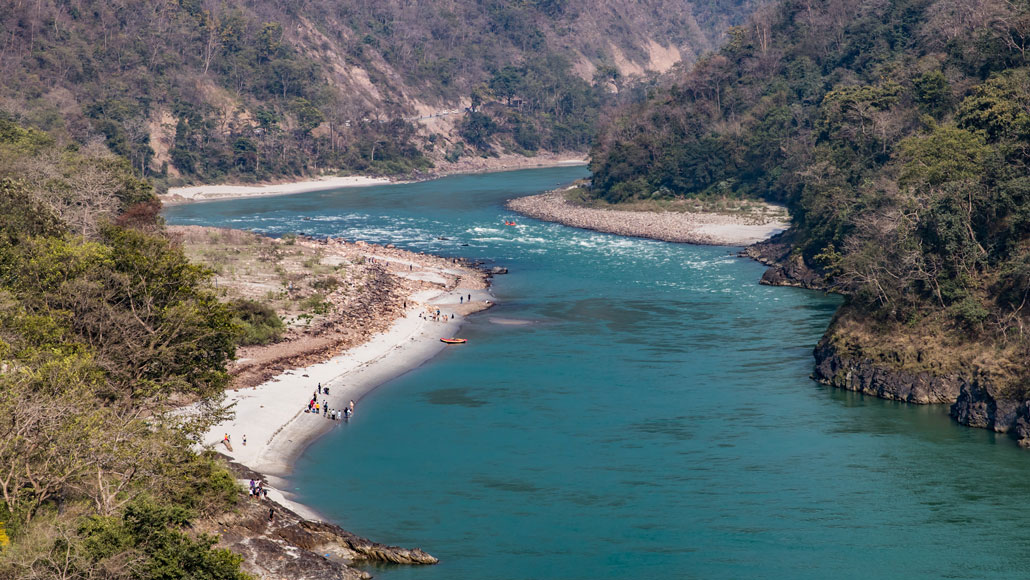
Excessive pumping from groundwater that feeds rivers, like the Ganges River (shown), is harming river ecosystems around the world.
Virender Jaiswal/iStock / Getty Images Plus

Excessive pumping from groundwater that feeds rivers, like the Ganges River (shown), is harming river ecosystems around the world.
Virender Jaiswal/iStock / Getty Images Plus